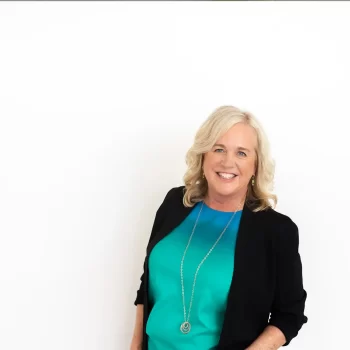Attn: Founders – Problems Need Love Too
If you’re trying to start a conversation at a networking event with entrepreneurs, “Tell me about your business,” is a pretty good choice. A founder’s eyes will light up as they excitedly tell you all about the features and benefits of their product.
But if you want to stop the conversation cold, try asking “What problem are you solving?”. This usually elicits a pause followed by some hesitant exploratory sentences. And then a sudden sighting of a “friend” across the room.
But that question is important. Because it leads us to an interesting intersection (and frequent disconnect) between new companies and their intended customers. People buy things to solve problems. There’s a whole Journal of Consumer Behavior to tell us this. But founders usually think and talk in terms of products – not solutions.
It makes sense that people with entrepreneurial inclinations get inspired this way. Sometimes people dream up a solution to something that’s been bugging them for awhile. Or they’ve been itching to ditch the 9-5 and they’ve identified something they can make or offer to sell. So they sketch it out on a slightly damp cocktail napkin (at least that’s how they do it in the movies), and the next day urls are being purchased and logos are being debated.
It’s an exciting time, made even headier by the founder’s own passion for the project. And it’s perfectly ok to be passionate about the product or solution. In fact, founders absolutely need to be passionate about whatever they’re building. But here are a three stories about companies I’ve worked with that were missing that connection.
The Potential Pitfalls of Loving Your Solution
An App With A Multi-Sided Platform
All “multi-sided platform” means is that the app serves two sets of audiences and both of them need to engage in order for the app to deliver a good experience. Like Lyft’s drivers and riders.Or AirBnB’s hosts and guests. In this case it was people looking for an free event to go to and people hosting events. The founder totally connected with the “people looking for events” side of the plattform and built out the entire product for them. But he failed to fully understand the needs of the people who host free events. Yes, they had challenges, but getting more people in the door wasn’t one of them.
A Hygiene Essentials Box for Men
As a college student, this founder couldn’t be bothered to shop (this was in the early 2010s before Amazon prime was quite so prolific) and he kept running out of things like toothpaste, deodorant and shampoo etc. He checked around with some of his friends, and yeah, they agreed, shopping is a bummer. So he created a solution: a monthly box of essentials that would get mailed each month. He fell in love with this solution and went out and purchased wholesale quantities of toothpaste, deodorant and shampoo. THEN he tried to sell the subscriptions. Here’s what happened. While his buddies agreed they didn’t like to shop, they weren’t impacted enough by the chore to want to offer up their credit cards for the subscription solution.
A Coaching App
One final example of someone who built a product to solve their own problem. This founder was a coach who often videoed his students. He found himself working lots of extra (non-billable) hours at the end of the day to get the right clips to the right students with additional training notes. So he got someone to build him an app that would put the videos into a private shared space in the cloud. Boom. His problem was solved. He personally LOVED using it. But in his excitement to build a product that would solve his problem, he forgot to think about who else might love using it enough to pay for it. The students didn’t really want to pay for it, they were already paying enough for coaching. The coaches understood what the app could do, but many didn’t have the same issues with sending out videos and actually, many of them were technology adverse.
The Potential of Passion for the Problem
I think these examples illustrate the incredible drain on time and money that can happen when a founder is overly passionate about the solution without fully understanding the problem from the perspective of the target customer. I believe, to be successful, you also must get passionate about the problem. Identifying it. Understanding who has it. Solving it in a way that nobody else does. Because that’s what people buy and tell their friends about and buy again.
If you’re interested in more insights around how to get more customers and increase revenue, consider subscribing to The Next Leap newsletter.




